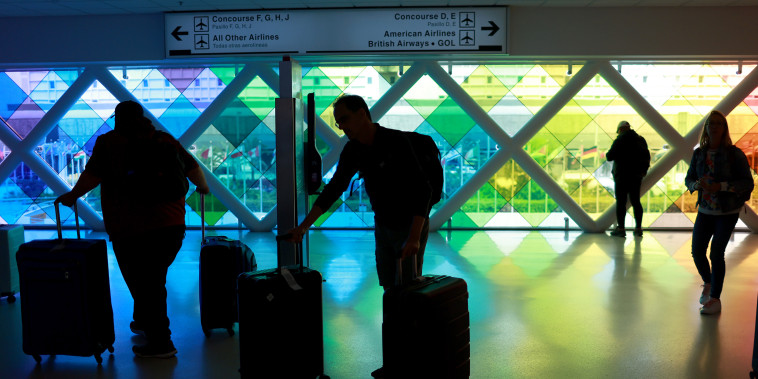
Sky-High Travel Demand Sets Records, but Airline Profits Still Grounded
Air travel demand is soaring to new heights, setting records around the globe. Although passengers are eagerly returning to the skies, airline profits are still lagging behind. The resurgence in air travel has been driven by a combination of factors, including pent-up demand from lockdowns, easing travel restrictions, and the rollout of vaccination programs.
One of the primary reasons for the discrepancy between record-breaking demand and lackluster profits lies in the increased operating costs that airlines are facing. With the need to adhere to stringent health and safety protocols, airlines have had to invest in enhanced cleaning procedures, onboard social distancing measures, and personal protective equipment for staff. These additional expenses have put a strain on the bottom line of airlines, dampening their profitability despite the surge in passenger numbers.
Furthermore, the ongoing uncertainty surrounding the pandemic has made it challenging for airlines to plan for the future effectively. Fluctuating travel restrictions, changing quarantine requirements, and the emergence of new virus variants have created a volatile operating environment for airlines. This uncertainty has made it difficult for airlines to accurately forecast demand, leading to inefficiencies in flight scheduling and revenue management.
Another key factor contributing to the disconnect between air travel demand and airline profits is the uneven recovery across different market segments. While leisure travel has rebounded strongly, business travel remains significantly below pre-pandemic levels. The lack of corporate travel, which traditionally accounts for a substantial portion of airlines’ revenue, has had a profound impact on their financial performance.
Additionally, airlines are facing fierce competition as they navigate the post-pandemic landscape. Many carriers have resorted to slashing ticket prices and offering generous discounts to stimulate demand and attract passengers. While these strategies have helped to fill seats, they have exerted pressure on airlines’ yields and overall revenue generation.
Despite the challenges that airlines are grappling with, there are signs of hope on the horizon. The increasing pace of vaccination campaigns, the gradual relaxation of travel restrictions, and the pent-up demand for travel suggest that the industry is poised for a gradual recovery in the months ahead. As passenger confidence grows and the global economy continues to rebound, airlines are hopeful that they will be able to stabilize their financial performance and return to profitability.
In conclusion, while air travel demand is reaching new heights, airline profits are struggling to keep pace due to a myriad of challenges. From increased operating costs and uncertainty surrounding the pandemic to the uneven recovery of different market segments and intense competition, airlines are facing a complex set of obstacles. However, with the gradual normalization of the operating environment and the resurgence of passenger confidence, the industry is cautiously optimistic about its prospects for the future. By navigating these challenges strategically and adapting to the evolving landscape, airlines can position themselves for sustained growth and profitability in the long run.
